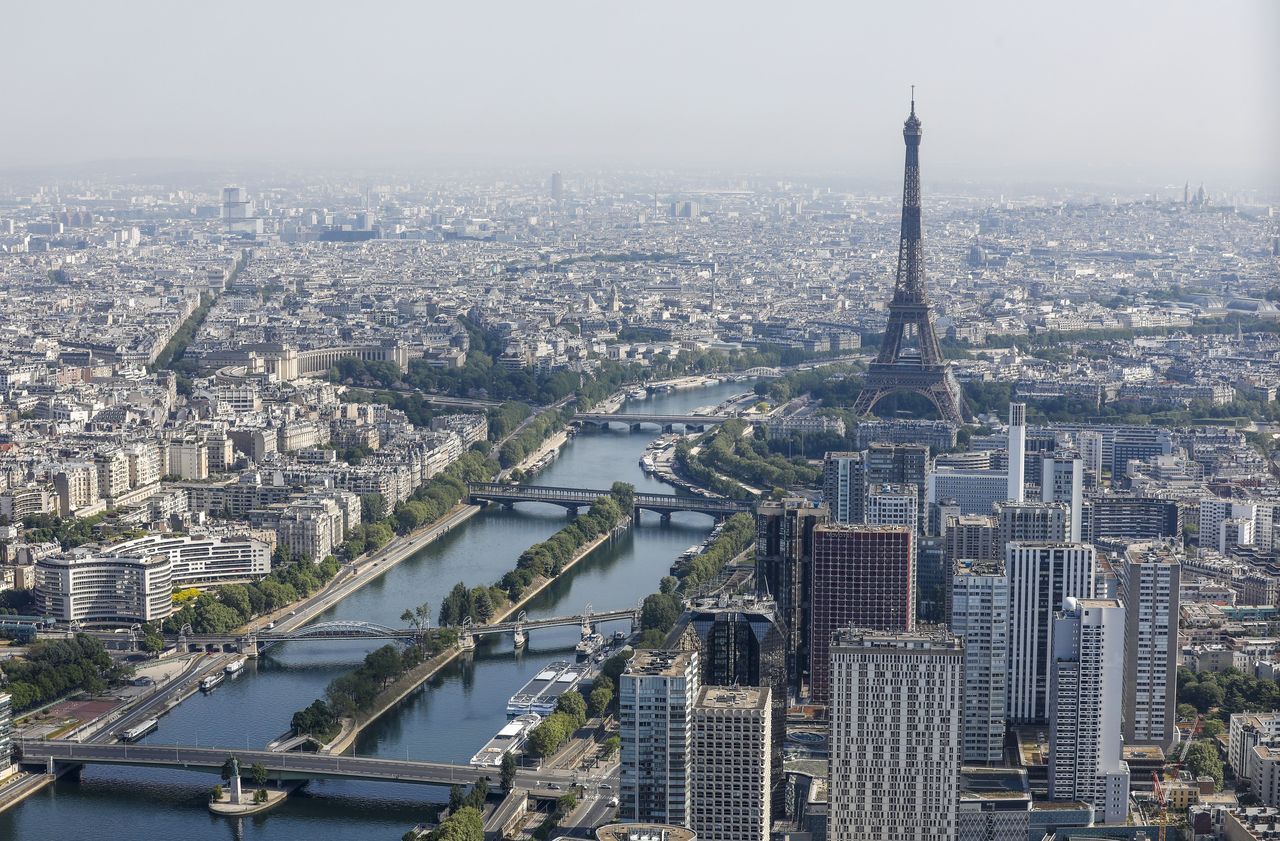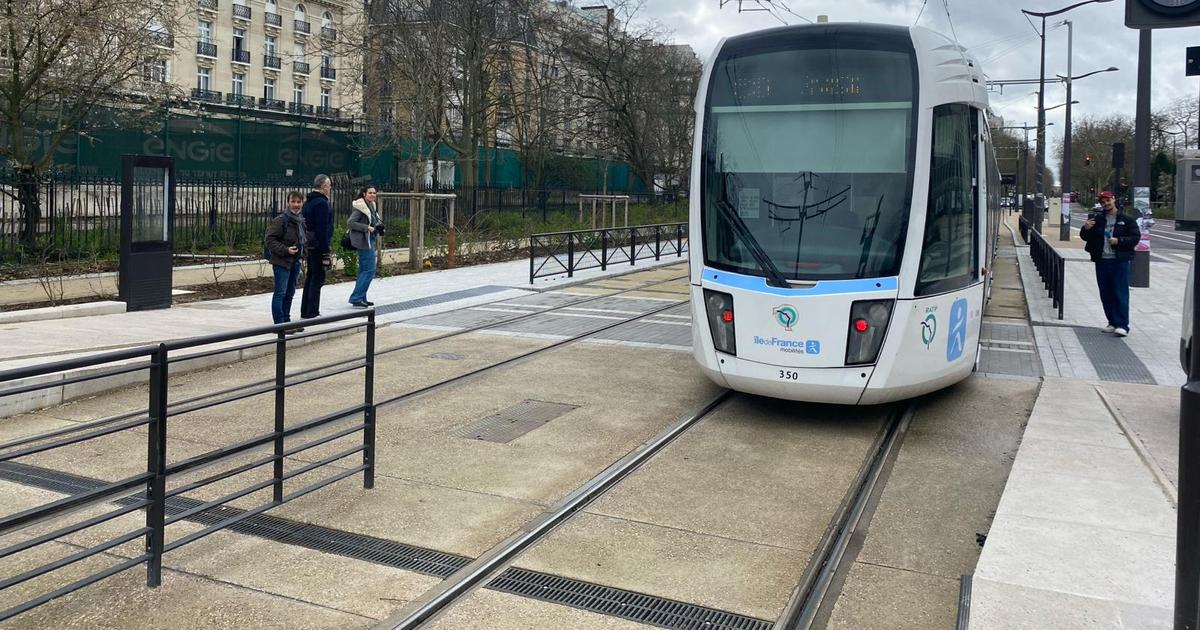This Friday, November 27, 2020, the “level of information” of the population was triggered by Airparif: an episode of fine particle pollution (PM10) is underway in the air in Ile-de-France according to the measurements carried out by the association.
A communication that questions in full confinement and a phenomenon that is not without precedent.
In the spring, when traffic and construction sites were at their lowest, the Ile-de-France air quality monitoring body observed a similar peak on March 28, 2020.
If nitrogen dioxide (NO2), another pollutant that we breathe, seems to evolve concomitantly with the decrease in circulation, the reality seems very different with fine particles.
Airparif provides us with explanations of atmospheric phenomena that are decidedly complex to understand.
During the two confinements, the circulation decreased, nitrogen dioxides too
If there are French people who must have approached the first confinement with a lot of curiosity, it is the air quality analysts.
When the national measure was announced on March 17, 2020, traffic fell sharply in Paris.
It took five days and an episode of wind, for the nitrogen dioxide level to be divided by five.
This pollutant is 61% from automobile traffic in Paris, according to experts.
The result is clear: compared to the averages of the three previous years, we breathed 28% less NO2 in March, 48% in April and 44% in May.
While this pollutant is harmful to respiratory health, its concentration in the air has only triggered the “information threshold” in Ile-de-France twice since 2015. Against 39 times for fine particles (PM10) and 40 times for ozone (O3).
As for the NO2 alert threshold, during which “vulnerable and sensitive people are recommended to avoid intense physical and sporting activities”, it has never been triggered since 2015.
Another logic for fine particles
In a long-awaited analysis, dated May 15, 2020, Airparif made the following observation on fine particle readings: “the impact is less […] with a decrease of -7% which is explained by a strong influence of conditions unfavorable weather ”.
Indeed, Karine Léger, director of Airparif, explained to us that this pollution was more due to spring than to human activity.
Indeed, the conjunction of good weather and the absence of wind can have the effect of creating fine particles in the air, "by chemical reaction".
Other explanations had been put forward, particularly agricultural spreading.
A pollution peak at the end of November
In Paris, a third of fine particles are emitted by automobile traffic, again according to the initial measures carried out by Airparif.
The most important source of this dust comes from the residential sector (46%), and in particular from wood heating.
Paris Newsletter
Every morning, the news of your department seen by Le Parisien
I'm registering
Your email address is collected by Le Parisien to enable you to receive our news and commercial offers.
Learn more
And this is the main cause of the pollution episode we are currently experiencing in the Paris region according to Pierre Pernot, communication director of the association.
Wood heating “is 86% of fine particle emissions emitted by the residential sector.
Significant pollution if we consider that wood heating represents 5% of the sector's energy needs, ”he adds.
Here again, the weather is not for nothing in the pollution observed in this month of November.
"There has been little dispersion of particles in recent days, the wind is weak," notes Pierre Pernot.
Since the start of the second lockdown, road traffic has fallen by 31% compared to September, and by 24% compared to October, where the curfew had already reduced trips.
And in winter and in autumn, the automobile's contribution to the fine particles that we breathe is only 15% in Ile-de-France according to another Airparif study, against 25% in summer.
"These averages fluctuate depending on the season, the weather, and also depending on whether you are on a sidewalk, in a garden or on a roof", nuance Pierre Pernot.
"The concentrations of fine particles are greater along the main roads," he recalls before concluding: "This episode would have been worse if we had experienced normal traffic in November in Paris".













/cloudfront-eu-central-1.images.arcpublishing.com/prisa/KMEYMJKESBAZBE4MRBAM4TGHIQ.jpg)

